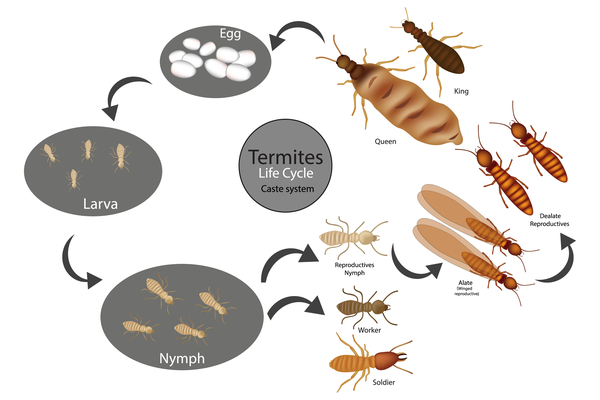Termite Control New York, New Jersey, and Connecticut
Termite Signs to Watch For
Termites create termite mud tubes out of mud, dirt, or other materials to move from the ground to food sources. Wood infested by termites often has these termite tubes on or near it. Termite tunnels are especially common around cellar walls, wooden posts, wall studs, and window and door sills.
Over a long enough period, the wood that termites infest will begin to look rotten, hollow, damaged, or soggy. Use an awl or screwdriver to prod vulnerable wood and look for weak or hollow places. Other early signs of termites include:
- Sawdust-like residue called “frass”
- Flying termites and discarded wings
- Peeling/bubbling paint or wallpaper
- Windows or doors that stick
Scientific Information
Scientific Order: Blattodea
Common Species:
The Eastern Subterranean Termite (Reticulitermes flavipes) is the only termite that lives in New York



